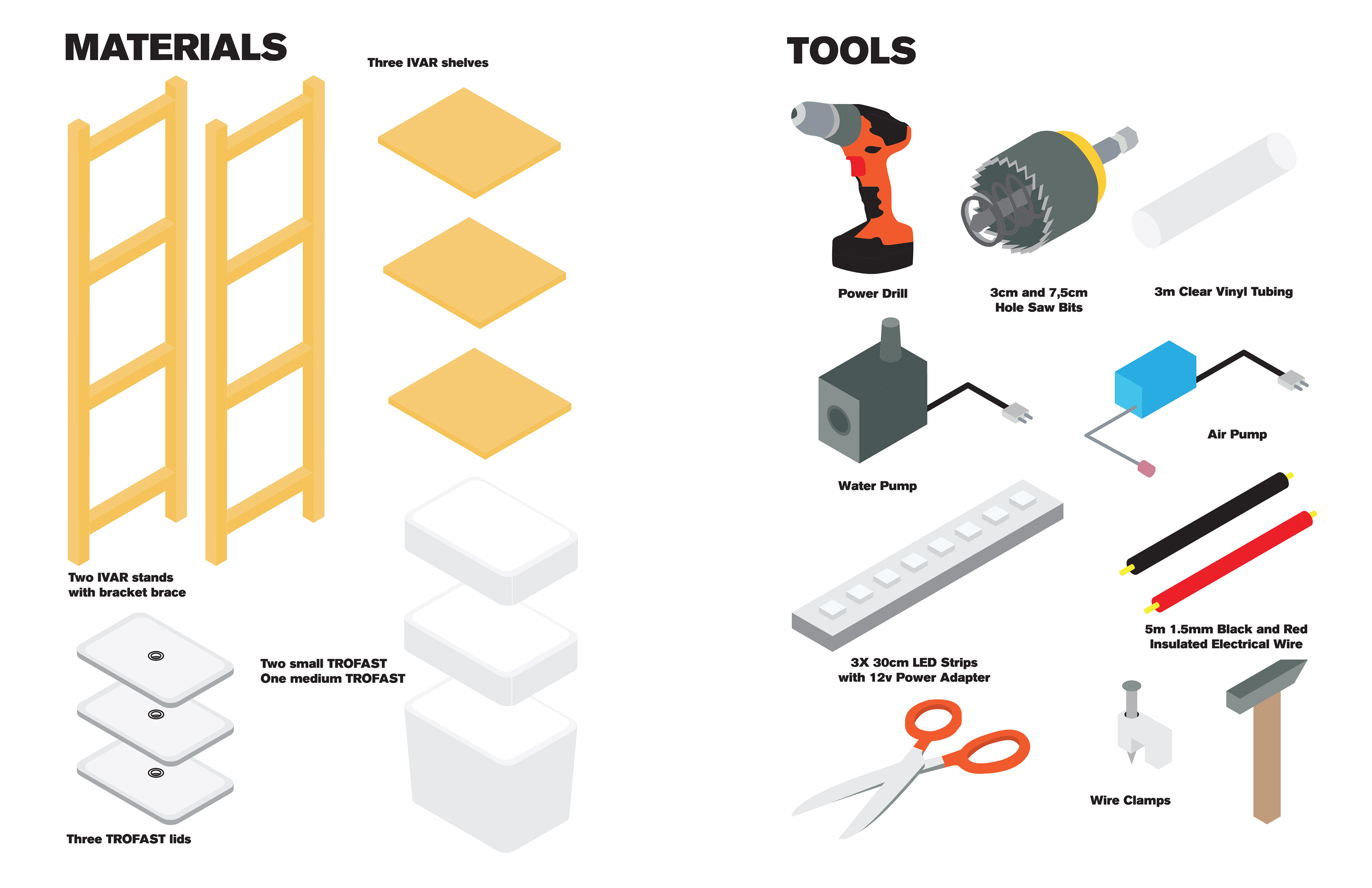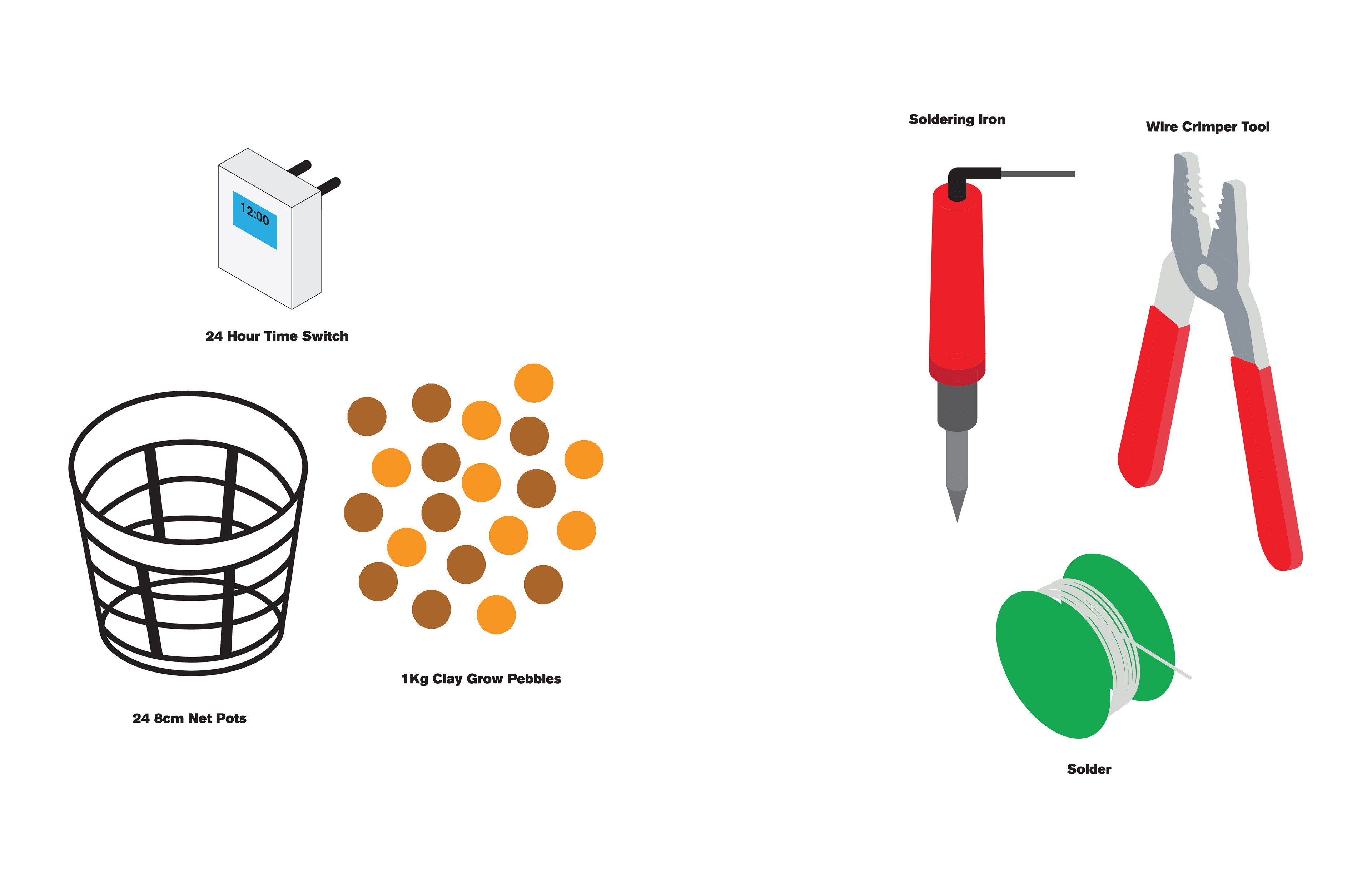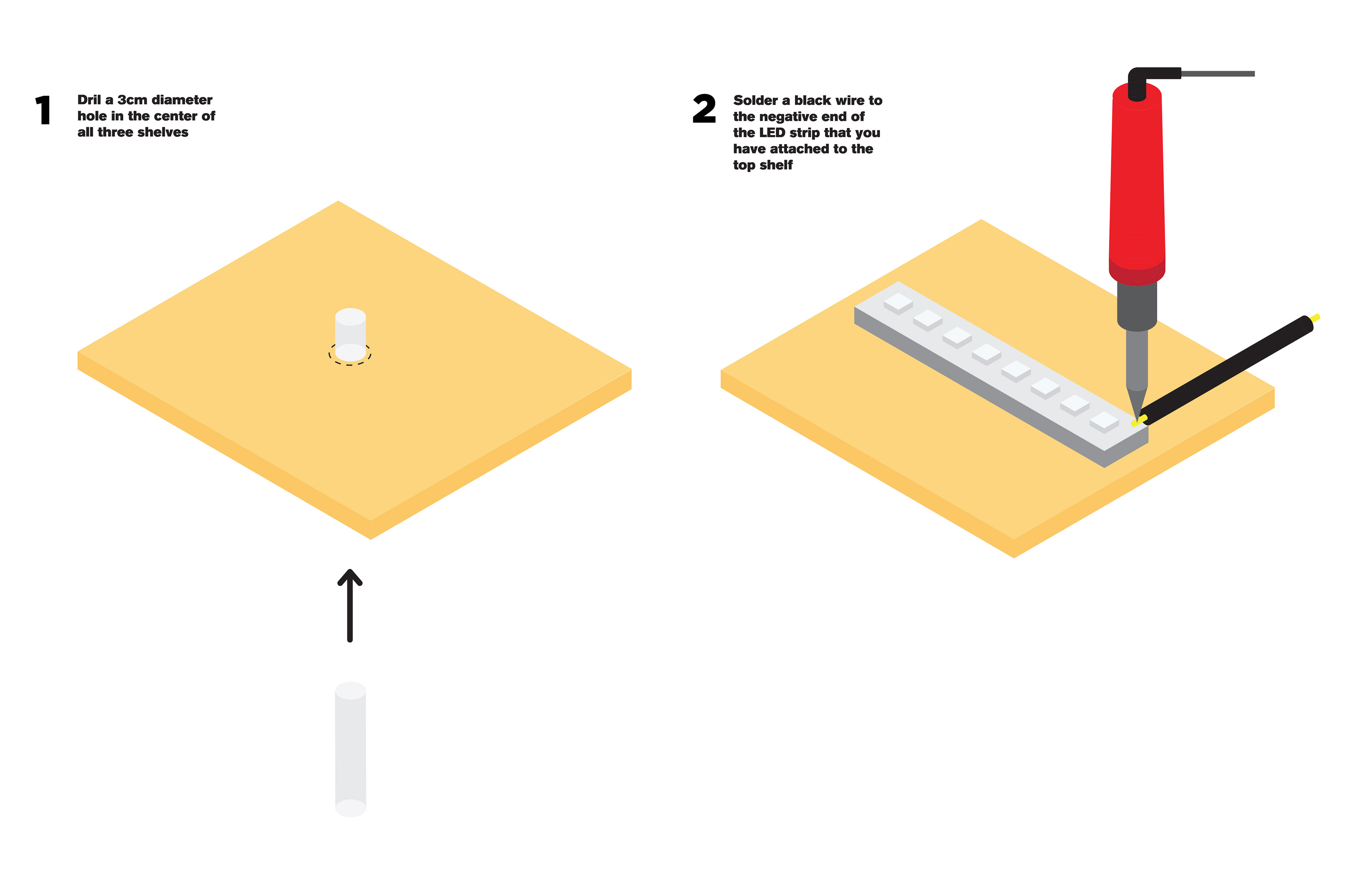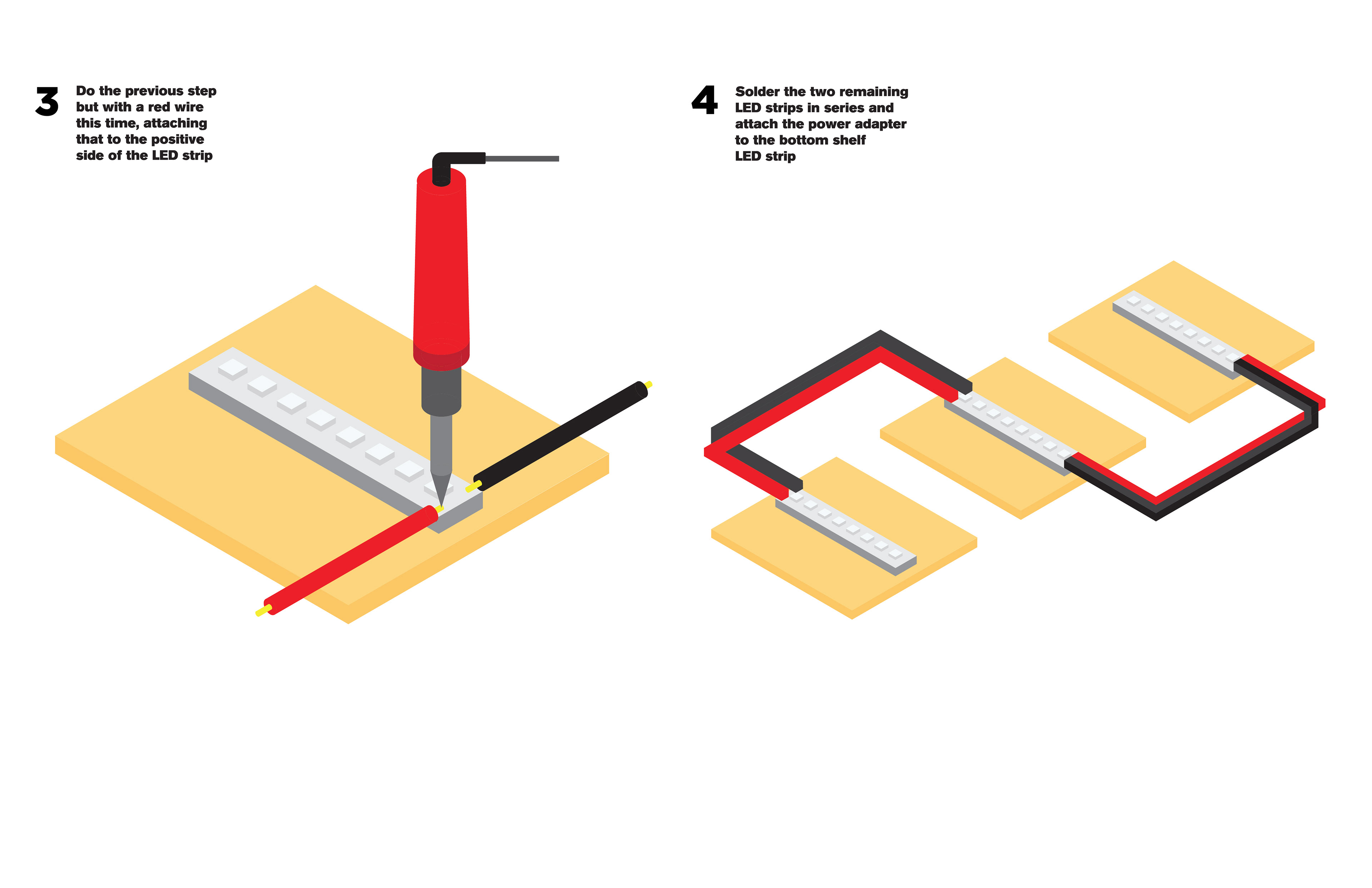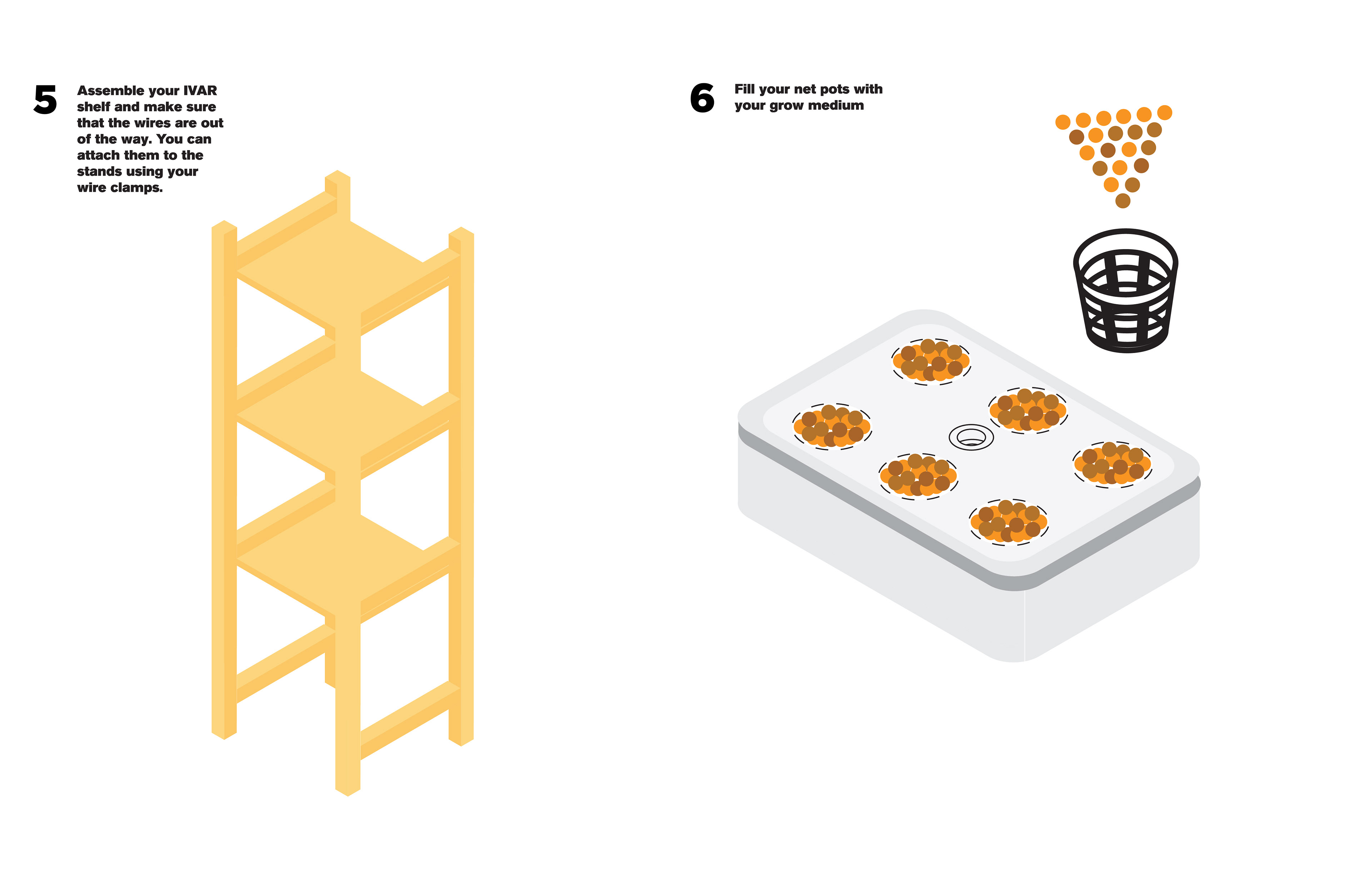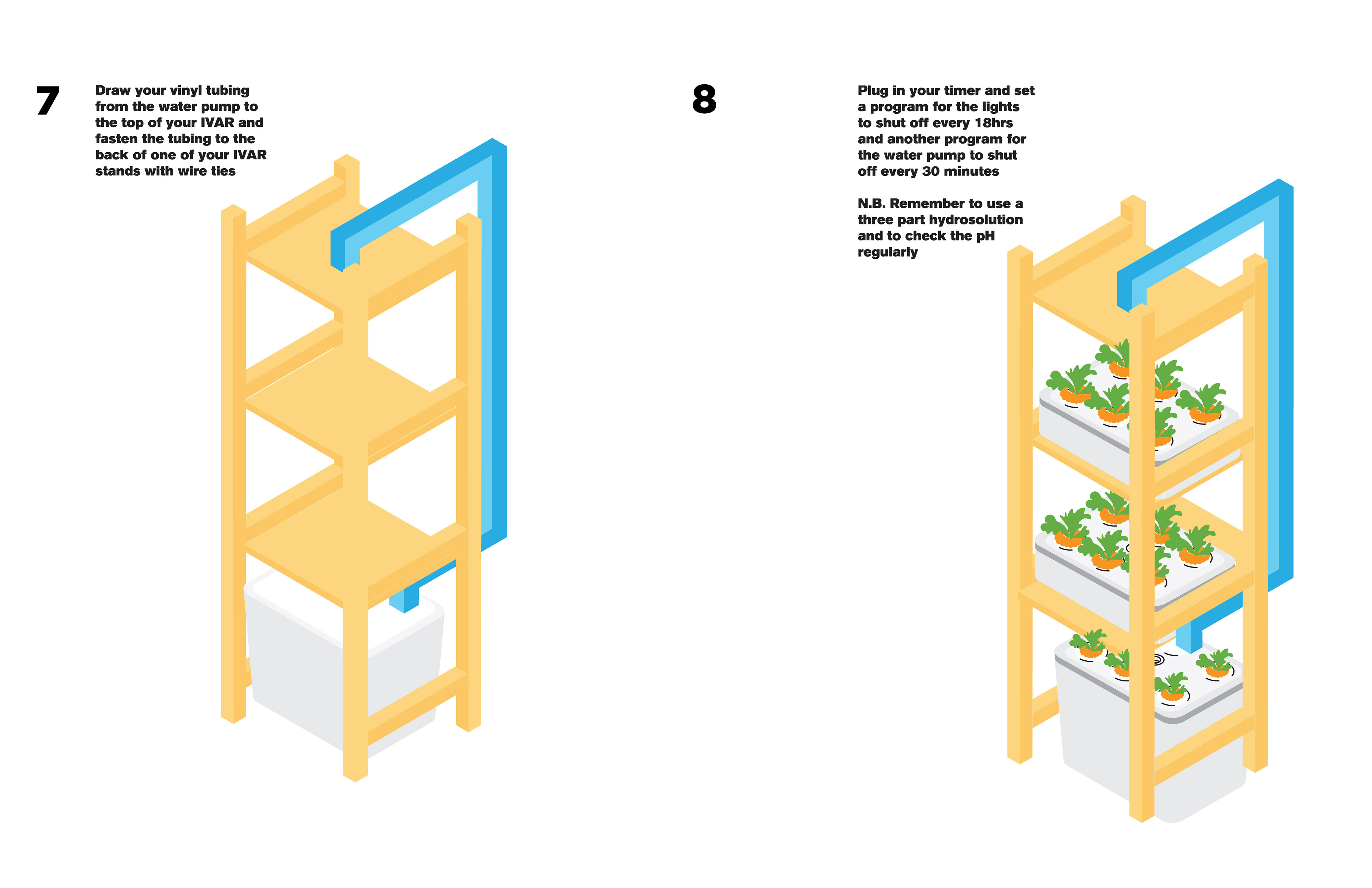By Green Thumb
This project is meant to explore the possibilities of indoor gardening by implementing various technologies such as 3D printing, hardware design and lastly DIY
hydroponics by way of IKEA hacking.
I tested out a variety of products to get feedback and allowed for all the products to be open source, which allows the possibility of modifying or tweaking the initial designs to your needs.
Quantitative Analysis
I did a quick survey to determine people's pain points when taking care of plants, to use the data when determing tools that could best service their needs.
Self-Watering Pot
A common thread amongst plant owners was that they often forgot to water their plants and would like something that could help them keep them watered. After researching sub-irrigation techniques, I sketched and then 3D printed a prototype for users to test out to see if this method could work.
User Testing
I gave two prototypes to friends of mine who were not the best plant caretakers to see if having a self-watering pot could aid them and to test out if this could be a viable working prototype. Below are testimonials from my two testers.
I have uploaded the design to Thingiverse, so that you can download a 3D model of the self-watering pot, print it yourself or find a local 3D printing place and have it made.
Growbot
After testing out the self-watering plant for two weeks, and actually seeing results from initial seedlings to small herb plants, I decided to experiment further. This time with the Arduino UNO. I found out that I could use sensors to measure moisture, temperature and light. I decided to attach these sensors to a breadboard and have the Arduino UNO print the output of the sensors. Since the sensors normally output numbers, these had to be translated to messages that could be sent to the user. By attaching an LCD screen to my circuit, I could have the UNO print out messages. These messages informed the user when to water their plant, move it to a brighter area with more sun or lastly make sure that the room their plant was in was the optimal temperature.
The question I was trying to ask is: How could we humanize the plant care experience?
The following is a manual that illustrates how any one with an Arduino can prototype a Growbot to help them better take of their favorite house plant.
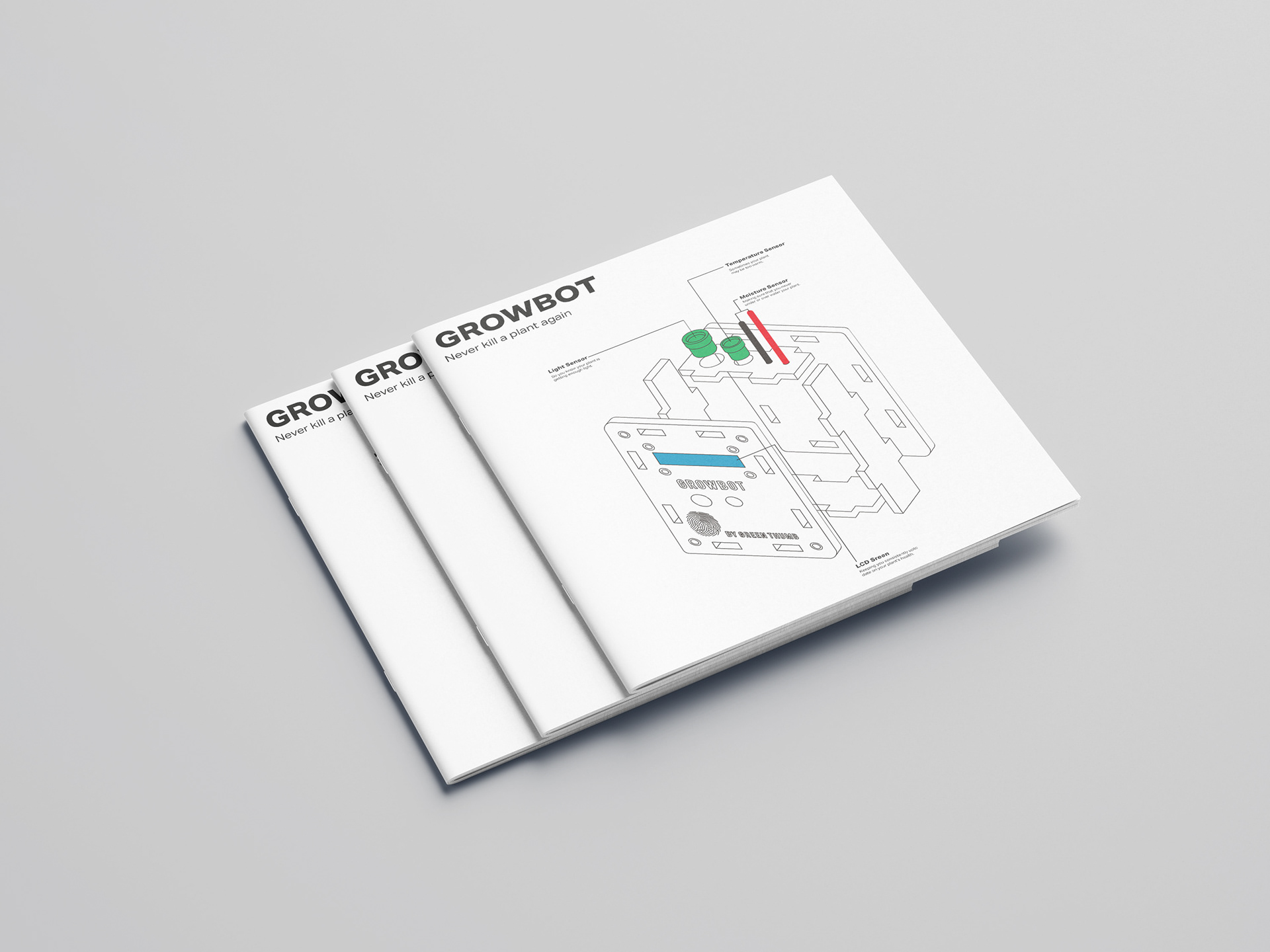
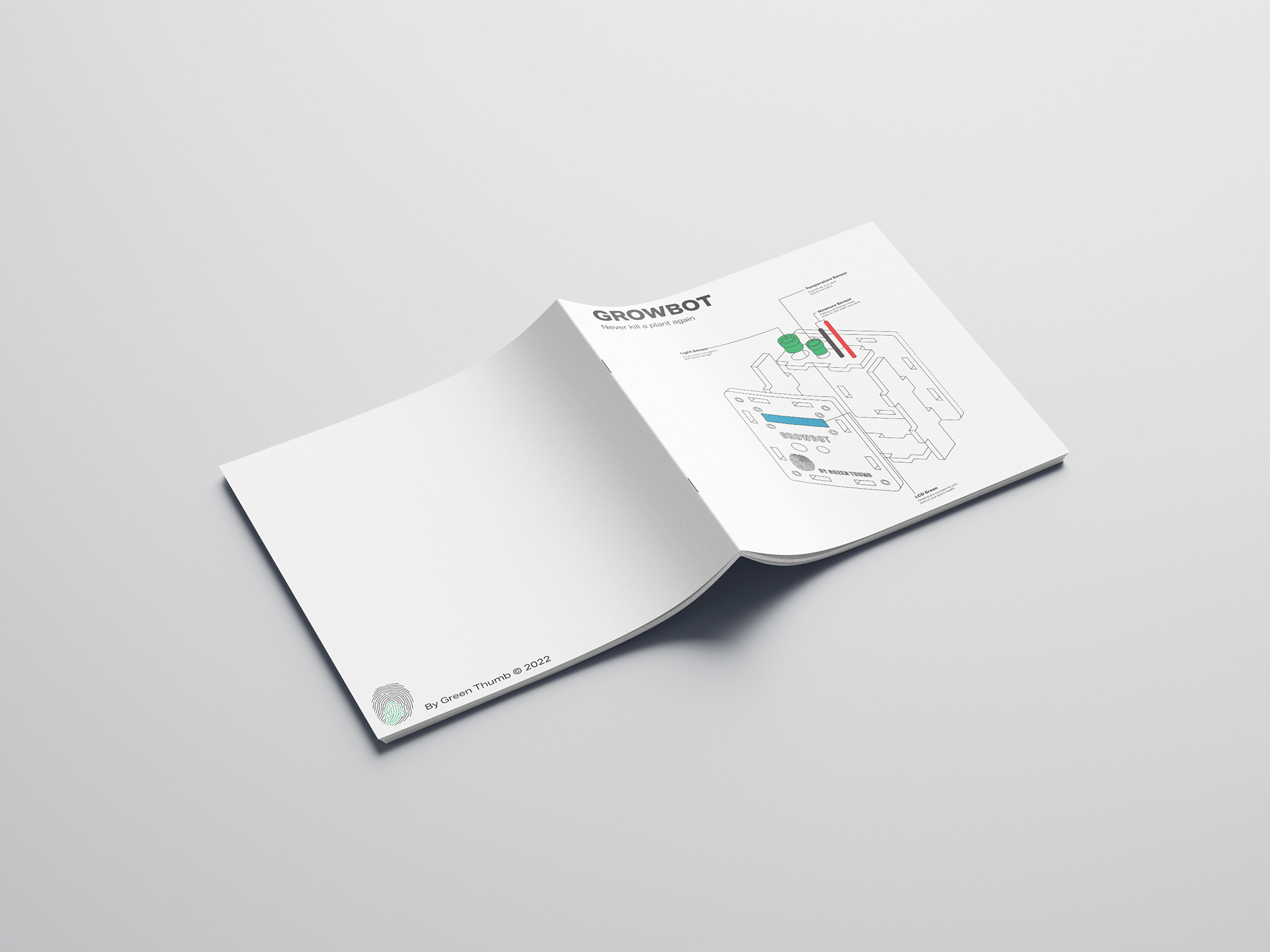
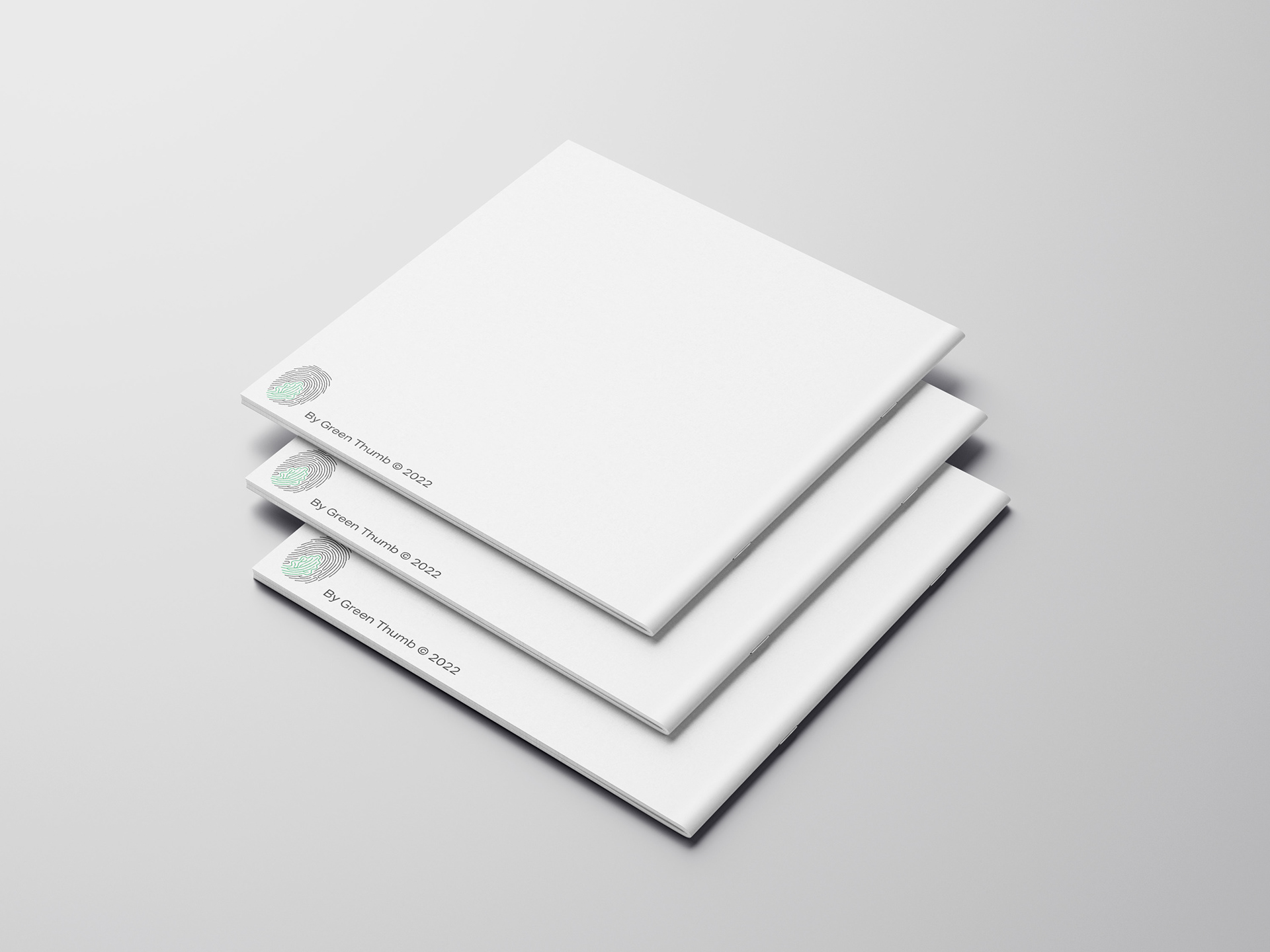
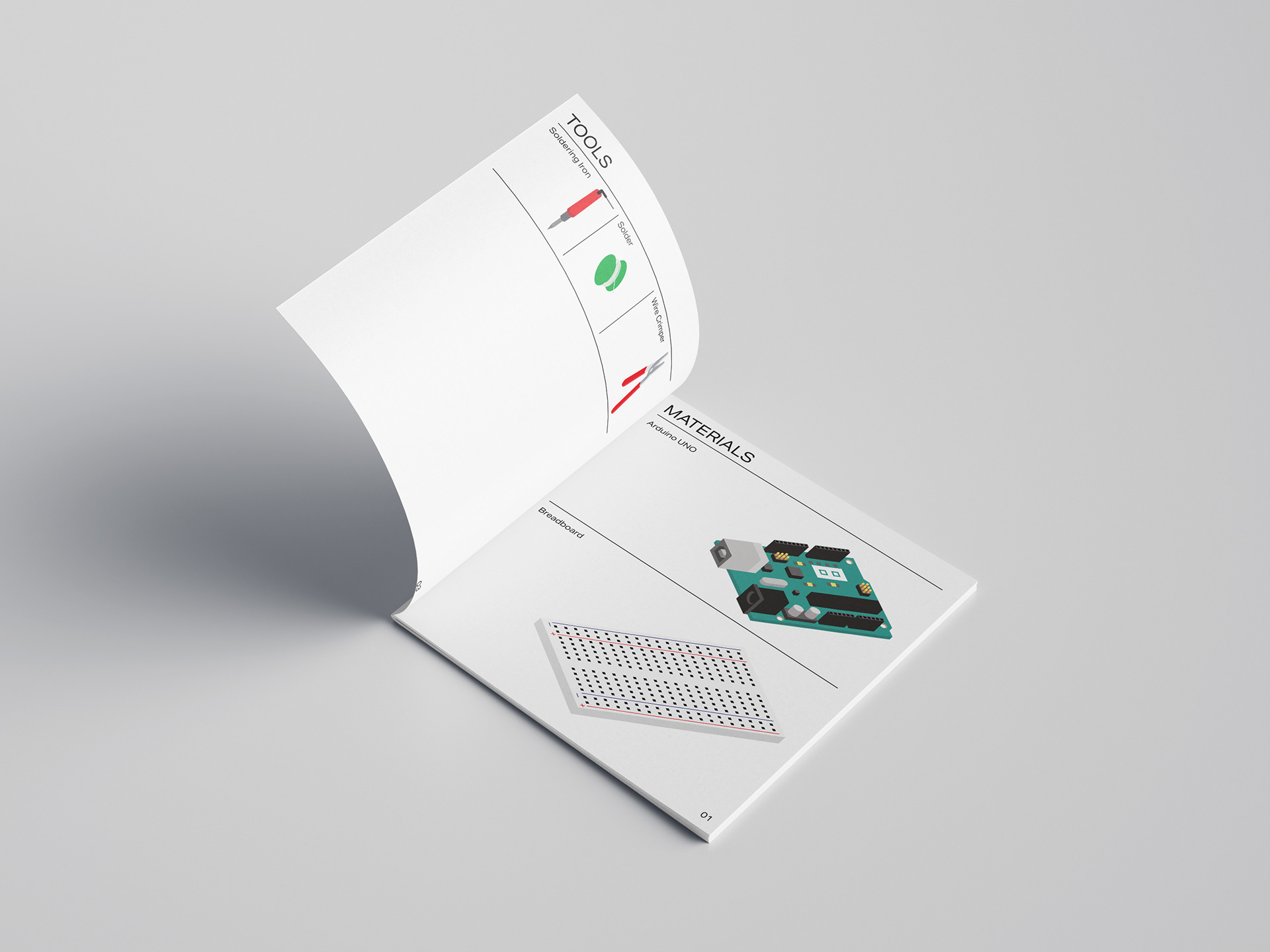
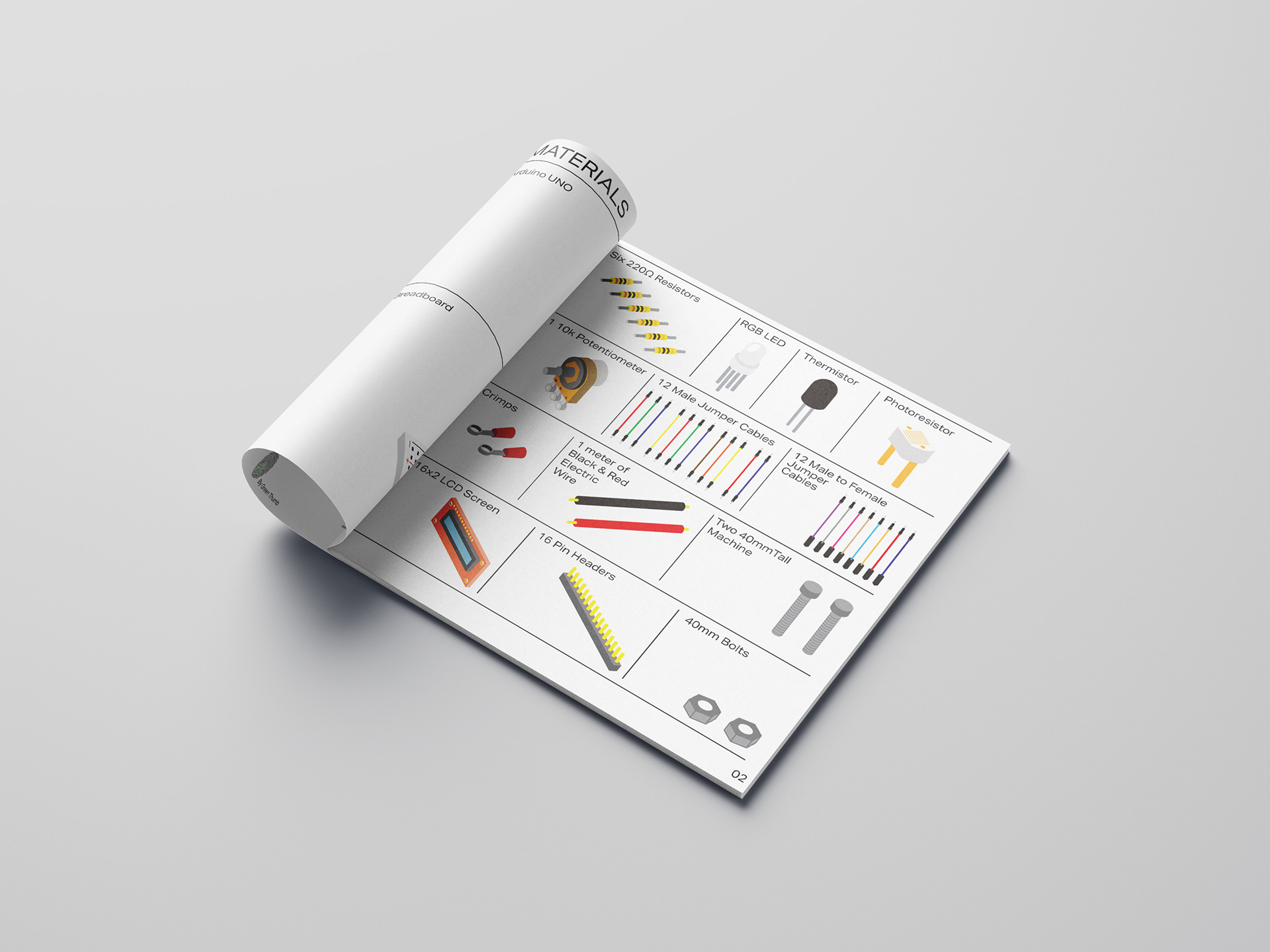
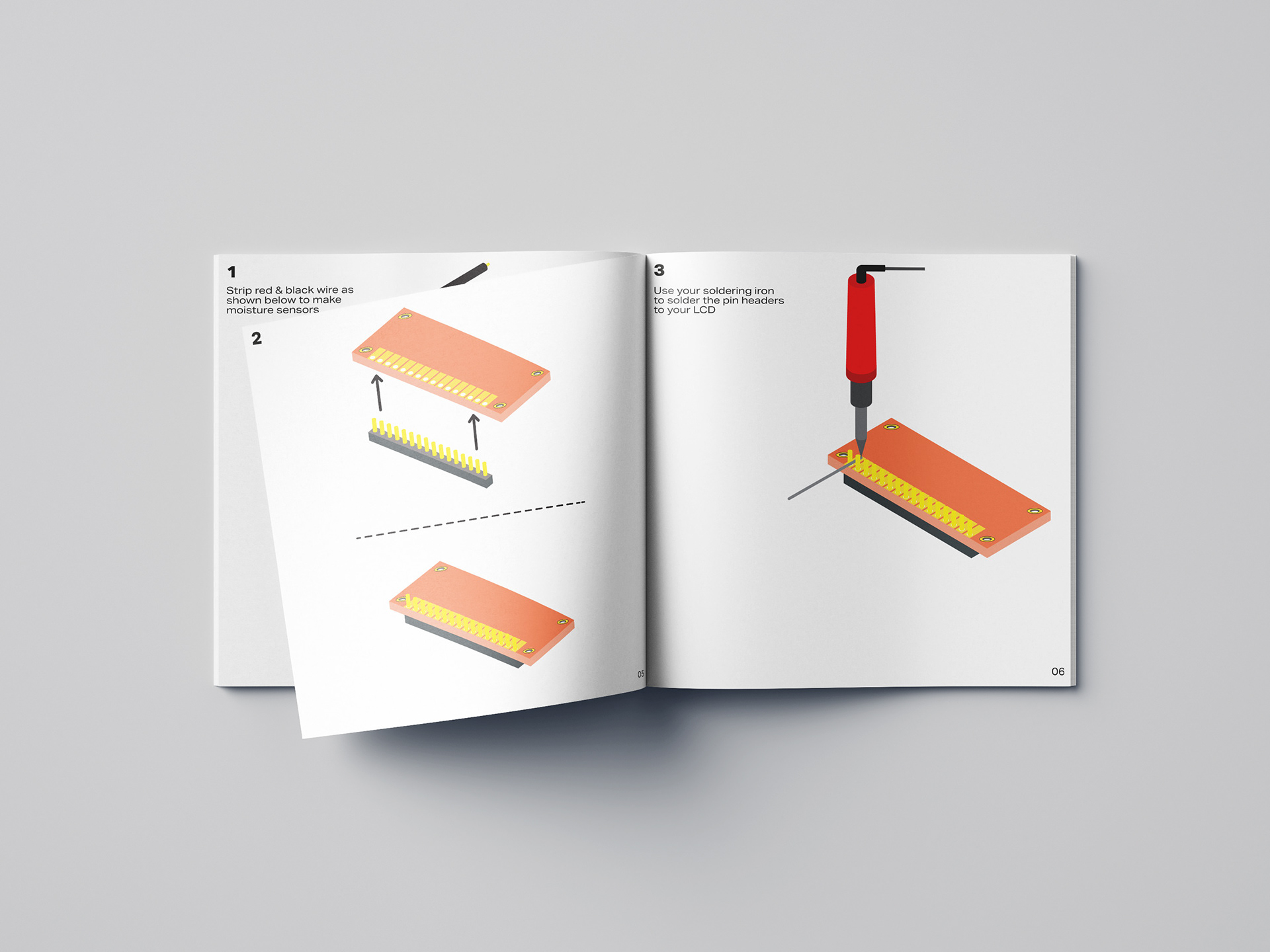
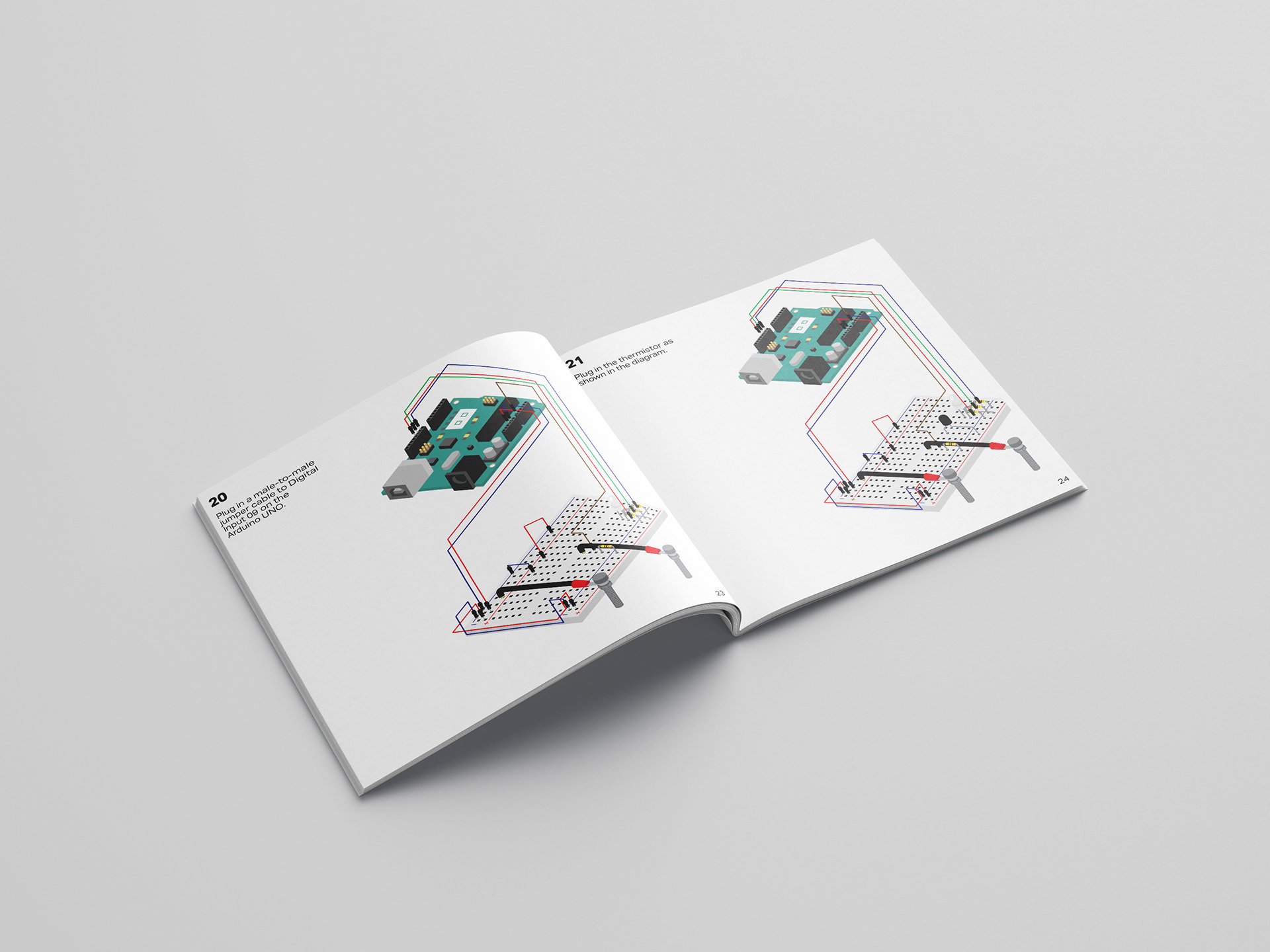
Feel free to click on the download link for the manual and to get started building your own Growbot.
Growbot Prototype
After exploring the world of IoT and breadboard prototyping a sensor controlled plant monitor, I decided to solder my prototype and house it in a laser-cut plexiglass enclosure.
Growbot in action informing the user that their plant is in need of watering because the moisture level is low in the soil.
Depending on where your plant is placed, the thermistor will measure the temperature of the room, based on a healthy temperature for your plant. In this case the LED is displaying red as well as the temperature, informing the user that they should move their plant to a cooler area.
The light sensor, in this case a photoresistor measures light values from 0-1023. If your plant is an area with considerable light, then you will receive a high reading. If it is in an area that is dark or with poor light conditions, then your value will be considerably lower, thus informing you to place your plant in an area with more light.
Hydronius
While working on the Growbot, I was also researching the efficacy of hydroponic systems (soil-less farming) and seeing if it was possible to scale one down in order to be used in a small studio apartment. The goal was to build a fairly simple vertical garden with items that could be easily acquired as well as some already existing IKEA products.
Similar to the process of creating a manual for the Growbot I made one as well for the Hydronius that users can download, follow along and start hacking.
